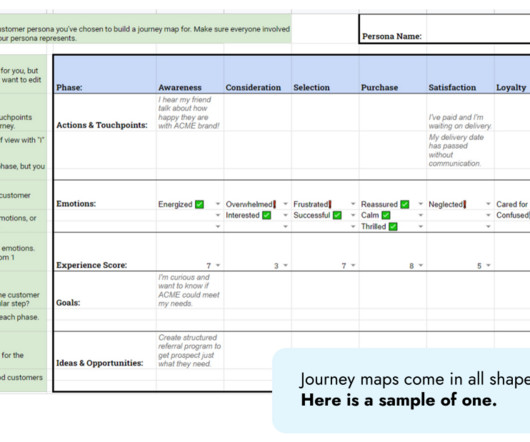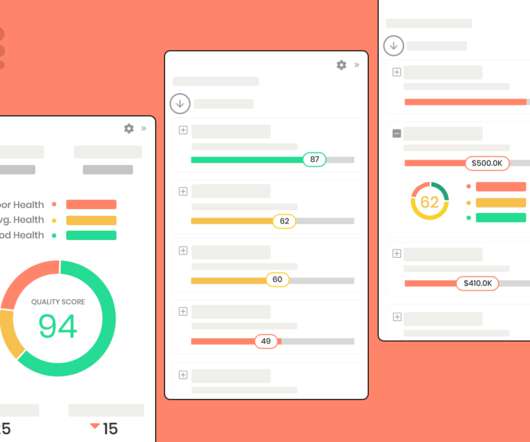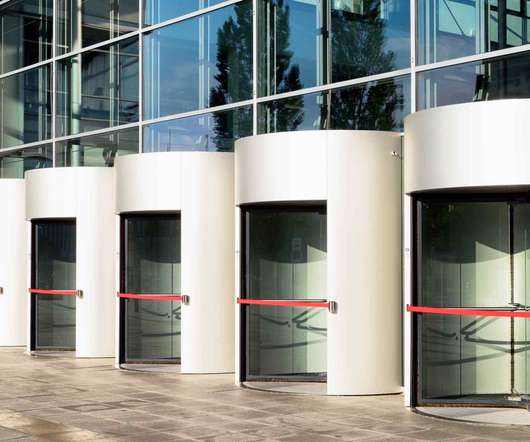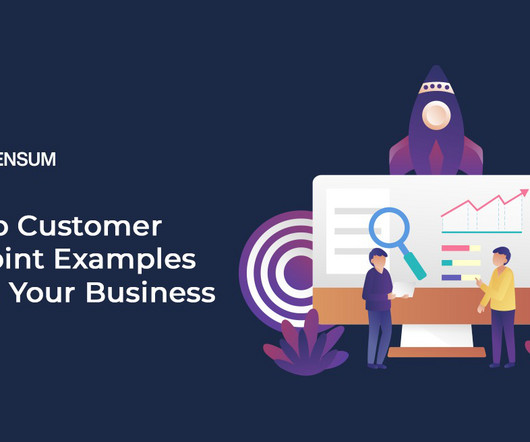How to Use Customer Journey Maps to Solve Your CX Challenges
Experience Investigators
SEPTEMBER 16, 2024
Customers have distinct preferences for how they interact with your organization, making it tricky to know the best places to focus your customer experience efforts. When it comes to building those customer journey maps… well, some things are easier said than done. What is a Customer Journey Map?












Let's personalize your content